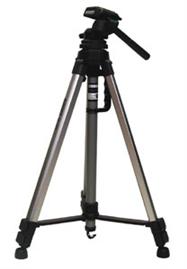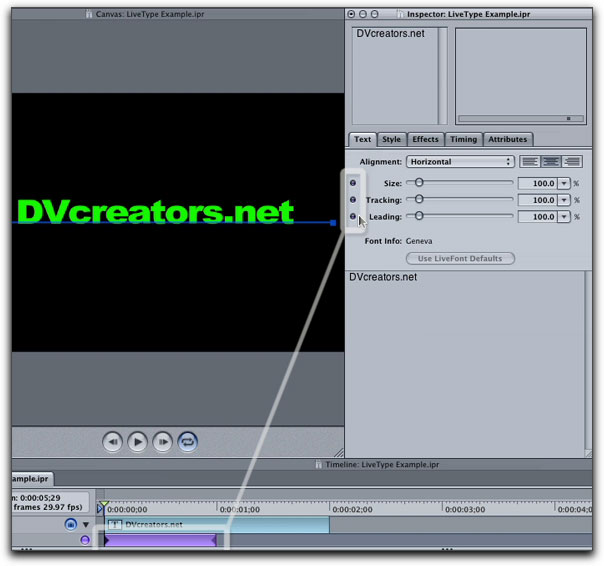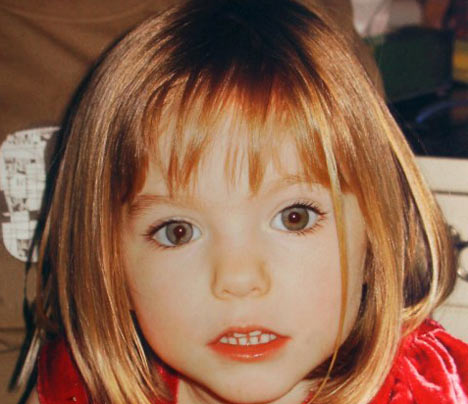- Continuity task
- Filming and editing
- A character must walk through a door and across a room, sit down and have a conversation with another character.
- This clip must show match on action, shot-reverse-shot and we must follow the 30 and 180 degree rule.
- To create an opening sequence lasting two minutes of a new fiction film.
- The sequence must include: titles running throughout, copyright free soundtrack and copyright free sound effect.
- We need to show evidence of understanding of continuity editing. Also need to show theoretical understanding e.g genre signifiers.
- We need to come up with a new, original idea which ideally only involved a few characters and one location.
Continuity and Narrative Structure
After completing the preliminary task, I realised the importance of continuity and its role in helping to suspend audience disbelief. By successfully doing this a director would be able to ensure total escapism into their media product. However, in the preliminary task we broke the 30 degree rule, which proved to be a distraction for the audience, failing to suspend their disbelief (below)
Above: shots from the prelim task where the camera suddenly jumped.
Attempting to keep the continuity of our main task was much harder than attempting to do this in the prelim task. Firstly there were many more elements in our main task that we had to consider: the narrative was much more complex. We realised that for the shots to flow together and become coherent the narrative itself had to make sense. The fact that we re-scripted so many times and had to re-shoot so many times shows evidence for this.
Group Dynamics
- Working in a group, it was obvious that we would at some point fall out with each other, which we did.
- However, had we not sorted things out we may not have done as well on our final cut of Dark Summer.
- From this, I have learnt that it is essential to listen to other members of the group and take on their suggestions, as they would mine.
- Though we did have our differences, we managed to sort them out, and eventually, we came out with the best possible opening sequence we could have made.
Below: A shot of Anisah and I with some of the equipment on the main shoot.
Planning and Production:
- It is essential to plan in detail before shooting.
- For the main task, we initially did not plan very well, which led to us wasting time and not getting the desired shots.
- In contrast, the group I was in for the prelim task and I planned very well. This was shown in the fact that we were able to shoot quickly and efficiently.
 My group and I for the main task eventually learnt to plan beforehand in greater detail.
My group and I for the main task eventually learnt to plan beforehand in greater detail.- I have learnt that planning pre-production does not only mean in terms of paperwork. We had to make sure that our actress, who was not in our group was clear on what she had to do.
Researching Genre Signifiers and Audience
 Though we did not have to research and include genre and target audience in our prelim task, my group and I realised through research of real media products how important those two factors were to the planning stage.
Though we did not have to research and include genre and target audience in our prelim task, my group and I realised through research of real media products how important those two factors were to the planning stage.- Were it not for the research we did on genre and audience, the feedback from the audience during our screening may not have been as positive.
What was the most important thing I learnt?
Below: The second edit of Dark Summer which shows lack of continuity and absence of coherent narrative in the latter half.
Having had so many lessons and so much feeback from our edits on continuity, I have learnt that in order to have be successful, a film or sequence must follow the rules of continuity. This includes a coherent narrative, so that the audience do not question the sequence of events and become distracted from the film itself. A coherent narrative, as well as narrative tension allows for suspension of disbelief, which signifies a potentially successful media product. In addition to this, seamless editing also contributes to a continuous sequence.
From the preliminary task to the main task, the most important thing I have learnt about filming and editing media products is that all the different stages of planning, research, production and editing all work in unison with each other. Without one or the other, it would not be possible to create a successful media product. Commitment and attention needs to be placed upon each of these stages to ensure the best possible result.







































